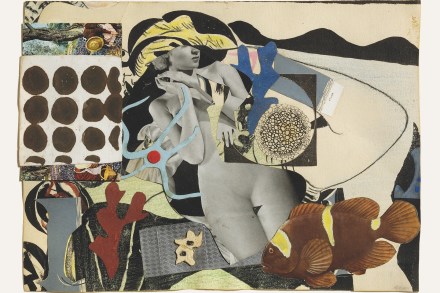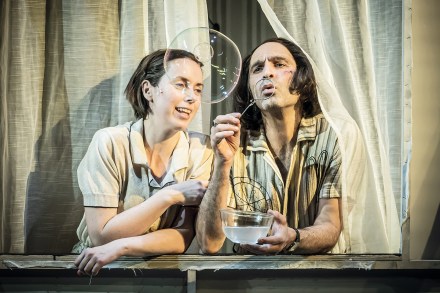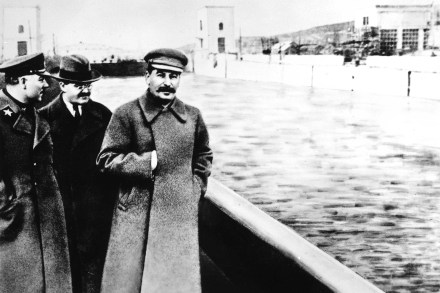Rich and strange: Eileen Agar at Whitechapel Gallery reviewed
Heads turn, strangers gawp, matrons tut or look in envy. A man doffs his bowler hat knowing when he is outdone. The model walking imperturbably along a London street is Eileen Agar, her headwear the ‘Ceremonial Hat for Eating Bouillabaisse’, encrusted with crustaceans, spangled with starfish. If the Little Mermaid,in her leggy period, had been invited to Ascot, she might have worn something like this. A British Pathé newsreel of Agar wearing the same hat plays on a loop in the Eileen Agar: Angel of Anarchy exhibition at the Whitechapel Gallery. (You can also see it on YouTube.) About 50 seconds in you catch her trying not to smile. ‘Life’s




















